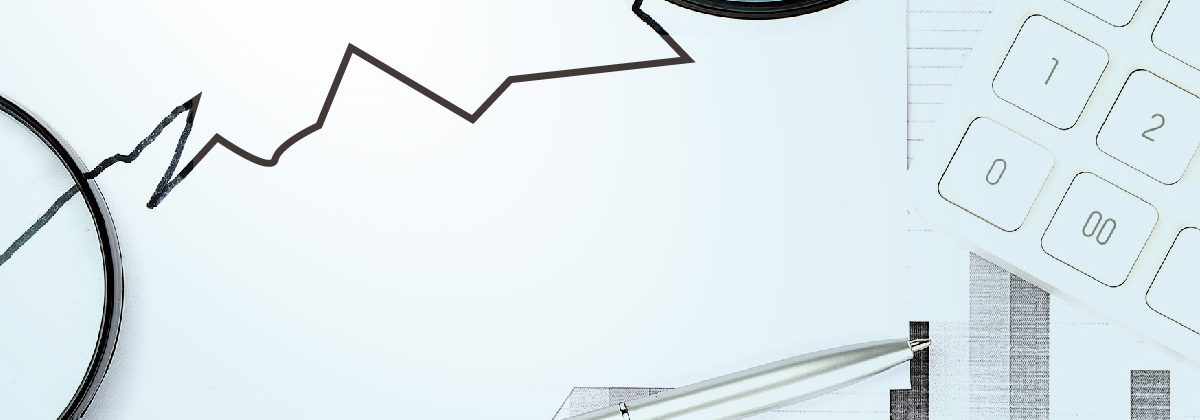Tips to Create and Maintain a Trading Journal

You’ve heard of scientists maintaining journals to track their experiments and of bodybuilders journaling their diet, strength and weight. It helps them monitor progress and refine their strategies to achieve better results. Trading is no different. Keeping a trading journal is an effective way to track your performance as a trader. This is important because it helps you monitor how much capital you earn or lose and discover ways to improve your trading decisions.
How Does a Trading Journal Help?
This is possibly one of the most underrated trading tools. While other tools give you historical data, such as profit/loss statements, account activity, transaction history, etc., a journal helps you track the motivations and goals behind your trading decisions. It gives insights into your trading psyche, making you aware of the emotions you go through during a trade and how the result affects your next trading decision. And although it might seem tiresome to keep recording various parametres of your trades in the beginning, it quickly becomes a useful habit and develops discipline and patience.
Plus, you can choose the method by which to record trading activity, whether with a pen and paper or an Excel sheet. You can also look for journaling software meant specifically for traders. For instance, the features of the Blackwell Trading Diary allows traders to identify aspects of their trading psyche. The effort you put in will pay off.
Identify Your Trading Style
Consistently maintaining your journal will help you see patterns over time. This will help you understand the market conditions you perform best under, the tools and indicators that help you the most, emotions that lead to impulsive decisions and more. This will also help you discover whether short-, medium or long-term trading suits your trading psyche. For instance, if you like to take your time to conduct thorough analysis and are hesitant to make quick decisions, a longer-term timeframe might be better for you.
Gain Control Over Emotions
Emotions can wreak havoc on trading decisions. If you are making decisions out of fear, greed or overconfidence, chances are that you will stray away from your trading plan and become impulsive. While you cannot eliminate emotions (we’re human after all), a trading journal can help you discover behavioural and emotional patterns and the resultant decisions. So, make sure you record your thoughts and feelings during entries and exits. Once you’re aware of how certain emotions affect you, you can consciously work to control them.
Strengthen Risk Management
The first step is to determine your risk tolerance. This is the amount of money you are comfortable losing on a single trade. By keeping track of each trade and the associated emotions, you should be able to identify your risk tolerance. Use this to set position sizes and risk management measures, such as stop loss and take profit orders.
Instill Discipline
A trading journal builds discipline by providing a structured way to track and analyze trading activity, allowing you to identify patterns, pinpoint mistakes, and consciously adhere to your trading plan and risk management rules, ultimately leading to more thoughtful and less impulsive decision-making. It also strengthens accountability.
What to Record in a Trading Journal?
Experienced traders recommend splitting the journal into three parts – before trading, during the trade and after trading. This gives you a complete picture of all the factors that influence your trading performance. The key metrics to track include:
- Date and timeframe of entering a trade
- Markets you are trading
- Trading setup that triggers entry
- Position size
- Direction of your trade (buy/sell)
- Entry price
- Exit price
- Stop loss and take profit levels
- Trade management details, such as any adjustments made while the position was open, such as scaling up or down.
- Market conditions during the trade, such as the ongoing price trend and volatility.
- Trade strategy used, to discover what yields better results.
- Emotional state at entry, during and after trade, while noting how it might have impacted decision-making.
- Charts used to open and close a trade. Note down the set-ups.
- Trade outcome or profit/loss from the trade
Apart from this, you should also note down specific numbers and statistics that track trading performance, such as:
Profit/Loss Ratio
Also called P/L ratio, this is the average profit made on winning trades divided by the average loss on losing trades over a specific timeframe. It is a useful metric to assess whether your trading strategy is performing well. Experienced traders aim for a P/L ratio of 2:1, which means that the profit amount is double the losses for your chosen timeframe.
Win Rate
As the name suggests, this is the number of winning trades out of the total trades made during a specific timeframe. For example, if you made a profit on 6 trades out of a total of 10 trades placed during the week, your win rate will be 60%. However, remember that the win rate alone doesn’t mean a winning strategy. It is important to look at other factors and continuously refine your strategy as you learn.
Total Return
This is the rate of return on trades during a specific timeframe. A return rate of below 1 indicates that you are losing money, while a rate above 1 means you are making money. A return rate of exactly 1 means that you are breaking even. Total return is basically a combination of your P/L ratio and win rate.
If you consistently update your trading journal with these metrics and use time during the weekends and market holidays to review it, you should be able to identify patterns that tend to lead to wins and those that lead to losses. It can also help you identify ways to limit losses and maximise your chances of winning. However, remember that there is no perfect trading strategy that will guarantee success 100% of the time. Trading is a journey of continuous learning and improvement. A trading journal can be an effective partner in this journey.
To Sum Up
- A trading journal is a great way to track your trading performance.
- Journaling software, like the Blackwell Trading Diary, make recording trades easy.
- Making regular entries in the journal can help you identify behavioural and emotional patterns that impact trading decisions.
- It can help you identify your risk tolerance, build discipline and refine your trading strategy.
- Record all details of each trade in the journal, such as data and time of trading, position size, entry and exit price, and stop loss and take profit levels.
- Also, note down your thoughts and feelings to identify how they impact decision-making.
- Keep track of the profit/loss ratio, win rate and total return to adjust your trading strategy to minimise losses and increase chances of success.
Disclaimer:
All data, information and materials are published and provided “as is” solely for informational purposes only, and is not intended nor should be considered, in any way, as investment advice, recommendations, and/or suggestions for performing any actions with financial instruments. The information and opinions presented do not take into account any particular individual’s investment objectives, financial situation or needs, and hence does not constitute as an advice or a recommendation with respect to any investment product. All investors should seek advice from certified financial advisors based on their unique situation before making any investment decisions in accordance to their personal risk appetite. Blackwell Global endeavours to ensure that the information provided is complete and correct, but make no representation as to the actuality, accuracy or completeness of the information. Information, data and opinions may change without notice and Blackwell Global is not obliged to update on the changes. The opinions and views expressed are solely those of the authors and analysts and do not necessarily represent that of Blackwell Global or its management, shareholders, and affiliates. Any projections or views of the market provided may not prove to be accurate. Past performance is not necessarily an indicative of future performance. Blackwell Global assumes no liability for any loss arising directly or indirectly from use of or reliance on such information herein contained. Reproduction of this information, in whole or in part, is not permitted.




